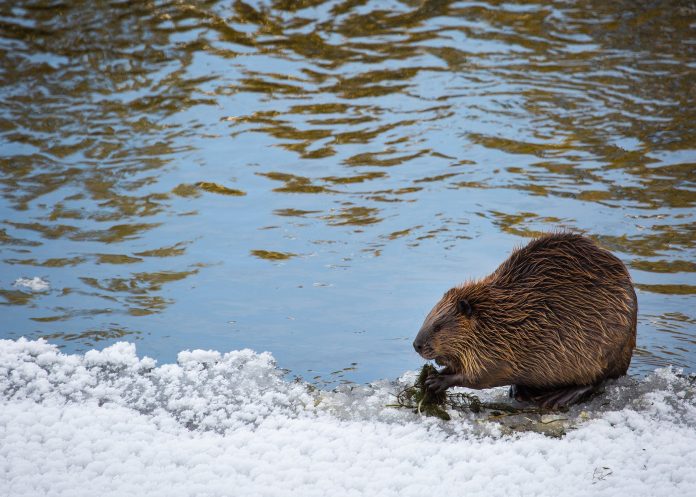On Monday, February 6, a group of 25 state representatives in Vermont brought forth a bill that would outlaw trapping in the Green Mountain State. Dubbed H.191, the House bill seeks to “prohibit the trapping of fur-bearing animals” unless the trapping is done “in order to defend property or agricultural crops.” If signed into law, the bill would effectively end all recreational trapping by private citizens in Vermont.
The Vermont Fish & Wildlife Department (VFWD) currently holds trapping seasons for 13 fur-bearing animals. Those species include beavers, muskrats, weasels, foxes, opossums, coyotes, raccoons, and bobcats. Vermont trapping seasons start in late October and end on December 31. The state requires that all trappers operating in Vermont by either licensed by the VDFW or by the game agency of any other U.S. state or Canadian province. Trapper education certification is also mandatory.
As written, H.191 would still allow state, federal, or municipal officials to trap “in order to address an imminent health or safety threat or an imminent threat to property.” The bill also carves out exceptions for property owners who wish to hire professional nuisance trappers, so long as those individuals “possess a valid nuisance wildlife trapping license from the Department of Fish & Wildlife.”
A Former Head Game Warden Weighs In
Jason Batchelder served as the head of VDFW’s law enforcement division for a decade before retiring in 2022. He’s an avid hunter and a trapper himself who pursues beavers and other fur-bearers. He says that he suspects that the VDFW will come out in opposition to the legislation but that officials are likely still working on forming a response to the bill, which is still in its infancy.
“It’s elitist, and it’s a cultural slap in the face that they would write a law that says that the government agents can do it—but the responsible sporting public in Vermont can no longer be trusted to have a trap in their hand,” Batchelder tells Field & Stream. ” For them to purport to want to tell me what to do with my lifestyle is not the Vermont way. It never has been.”
Batchelder says that H.191 would deal a major blow to Vermont’s long-standing science-based wildlife management practices if it passes. “Let’s say we trap 1,000 fishers in a year in Vermont, and we trap 100 bobcats, and however many otters. Those three species have to be turned into the state. Their carcasses have to be surrendered to a game warden,” he said. “Our biologists take tooth-wear measurements. They do stomach content analysis. They have records dating back to the 1960s on the health of our fur-bearers.
“Should there be an outbreak of mange, or an outbreak of rabies, or something else, they would have the scientific data to be able to get ahead of this,” he says. “There’s no replacement for being able to examine the contents of 1,000 fisher stomachs.”
Batchelder also says that fur-bearer populations in the state of Vermont are considered stable and even thriving, according to state wildlife biologists. “There’s not one trapped species in Vermont that is even close to being a ‘species of concern,’” he says. “The people who brought forth this bill are just pulling on the public’s heartstrings. They couldn’t care less about the butterflies and the creepy crawlies—or the thousands of invertebrates that they smash every day with their vehicles. They only care about creatures with eyelashes and big brown eyes.”
The Attack on Trapping is Not Isolated to Vermont
Vermont isn’t the only state to seek to outlaw trapping or certain trapping practices in recent years. California became the first state to pass an outright ban on regulated trapping in 2019. Efforts to ban trapping the Golden State date back to at least 1998, when a statewide ballot initiative known as Proposition 4 put misdemeanor penalties on certain traditional trapping methods like the use of conibear and leg-hold traps. Under current statutes, the state still allows the trapping of nuisance animals by government agents or hired nuisance trappers licensed by the California Department of Fish & Wildlife.
Read Next: New Mexico Implements Trapping Ban on Public Land
In April 2022, the New Mexico Game legislature enacted the Wildlife Conservation and Public Safety, making trapping illegal on all public lands in the state. Other states with fairly recent trapping restrictions on the books include Colorado, Arizona, Washington, and New York state. Field & Stream will continue to report on Vermont’s proposed trapping ban.








